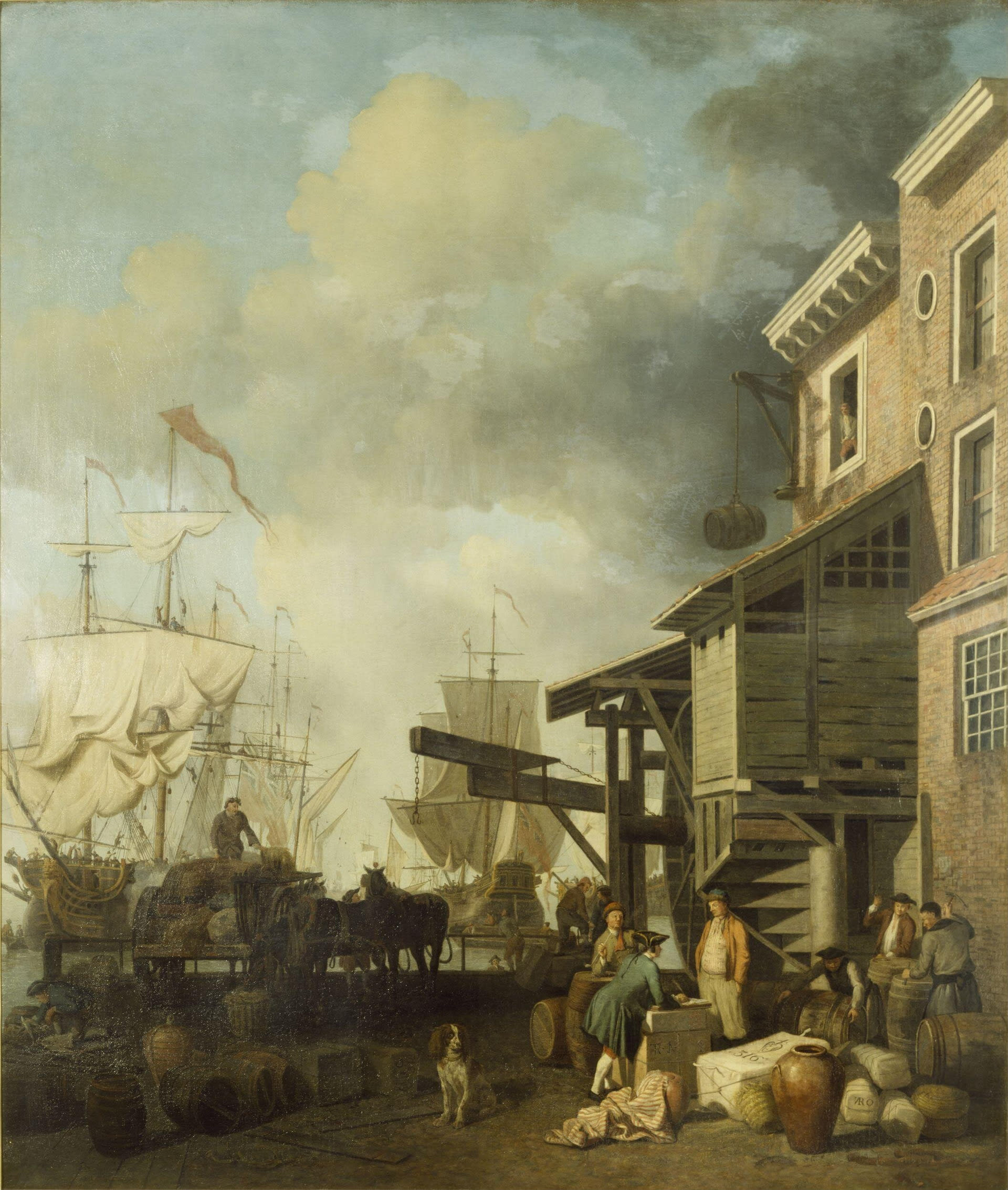A V&A/RCA MA History of Design and Material Culture programme graduate, Persephone's academic research focuses on the design and production of handcrafted textiles and their global trade networks during the eighteenth century. This was a period when everyone was more conscious of cloth and the skills required for their production.
Persephone has a first-class honours degree from Edinburgh College of Art in Applied Arts, specialising in textile design. She has many years of experience working as an independent designer in the fast-paced trend-driven fashion and textile industry, collaborating on unique design projects with world-leading global brands. Persephone holds a PGCE in further and higher education and as an educator and facilitator at degree and foundation level. She promotes cross-curriculum collaboration and global transdisciplinary educational partnerships.
Image. Letter requesting orders of cloth, unknown writer, Were & Co. Cloth Order Book, c. 1781-1789. Fox Family Archive, Tone Dale House, Wellington, Somerset.



